Imagine stepping outside on a warm June morning in the Northeast, only to find your backyard transformed into a wild tangle of green shoots and heart-shaped leaves almost overnight. You didn’t plant this invader—but it’s here, and it’s not going anywhere soon. Japanese knotweed, a plant that looks innocent enough at first glance, is quietly rewriting the natural and urban landscapes across the region. Its roots are relentless, its stems are tenacious, and its presence is stirring up worry among homeowners, scientists, and city planners alike. This is the story of a botanical intruder that refuses to be ignored and a battle that seems almost unwinnable.
What Exactly Is Japanese Knotweed?

Japanese knotweed, or Fallopia japonica, is a perennial plant native to East Asia. At first, it might just look like another weedy plant, but up close, its bamboo-like stems and broad, spade-shaped leaves set it apart. It can reach up to ten feet tall in a single season, producing tiny clusters of white flowers in late summer. This plant was originally imported to the United States in the late 1800s for ornamental gardens and erosion control, but its beauty masked an aggressive growth habit. Now, it’s infamous for taking over roadsides, riverbanks, and even city lots, outcompeting nearly everything in its path.
Origins and the Accidental Invasion

The journey of Japanese knotweed from its native lands to the Northeast is a tale of unintended consequences. It was first brought over by plant collectors who marveled at its hardiness and lush appearance. Unfortunately, they didn’t realize just how well it would thrive outside its natural habitat. Without the pests and diseases that keep it in check in Japan, the plant exploded across new territories. The initial excitement over its ornamental value quickly faded as it began to choke out local plants, disrupt gardens, and even damage infrastructure.
How Japanese Knotweed Spreads—And Why It’s So Sneaky
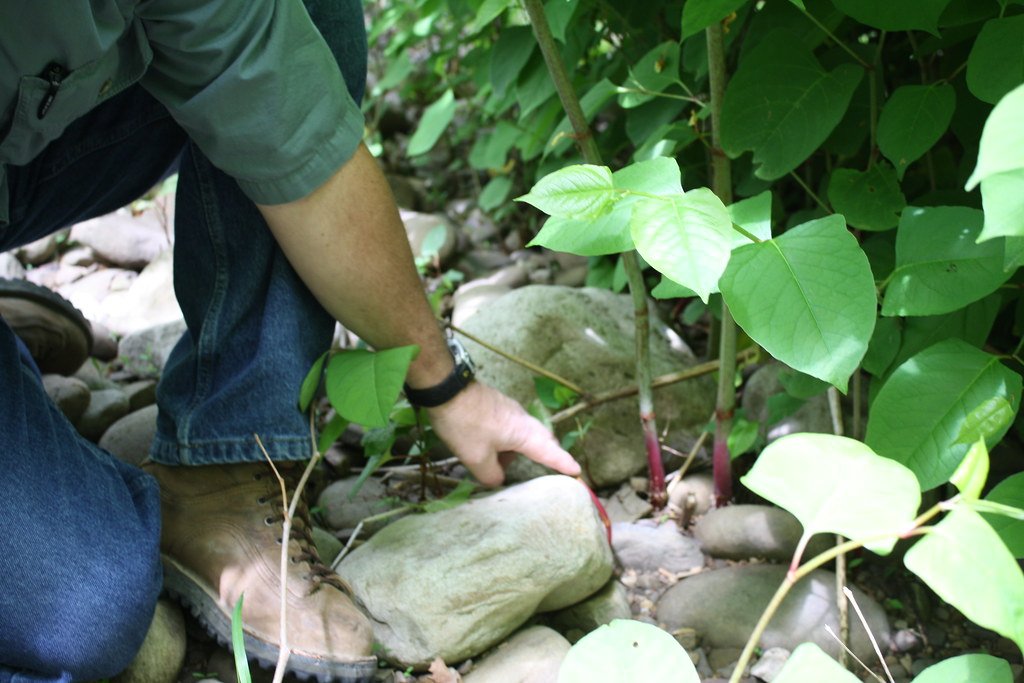
One of the truly shocking things about Japanese knotweed is its ability to spread almost invisibly. Unlike many plants that rely on seeds, knotweed primarily spreads through its roots and stem fragments. Even a tiny piece of root or stem, as small as a fingernail, can start a new colony if it finds the right conditions. Heavy equipment, garden waste, and even floodwaters can unknowingly carry these fragments to new locations. This silent, underground movement makes the plant remarkably difficult to control or contain.
The Northeast: A Perfect Playground for Knotweed

The climate and habitats of the Northeast seem tailor-made for Japanese knotweed’s success. It loves moist, disturbed soils—exactly what you’ll find along rivers, highways, and construction sites throughout the region. The area’s frequent rains and temperate summers give knotweed everything it needs to grow fast and outcompete native species. As towns expand and landscapes are disturbed, knotweed finds more opportunities to get a foothold, often flourishing where other plants struggle.
The Science of Knotweed’s Resilience
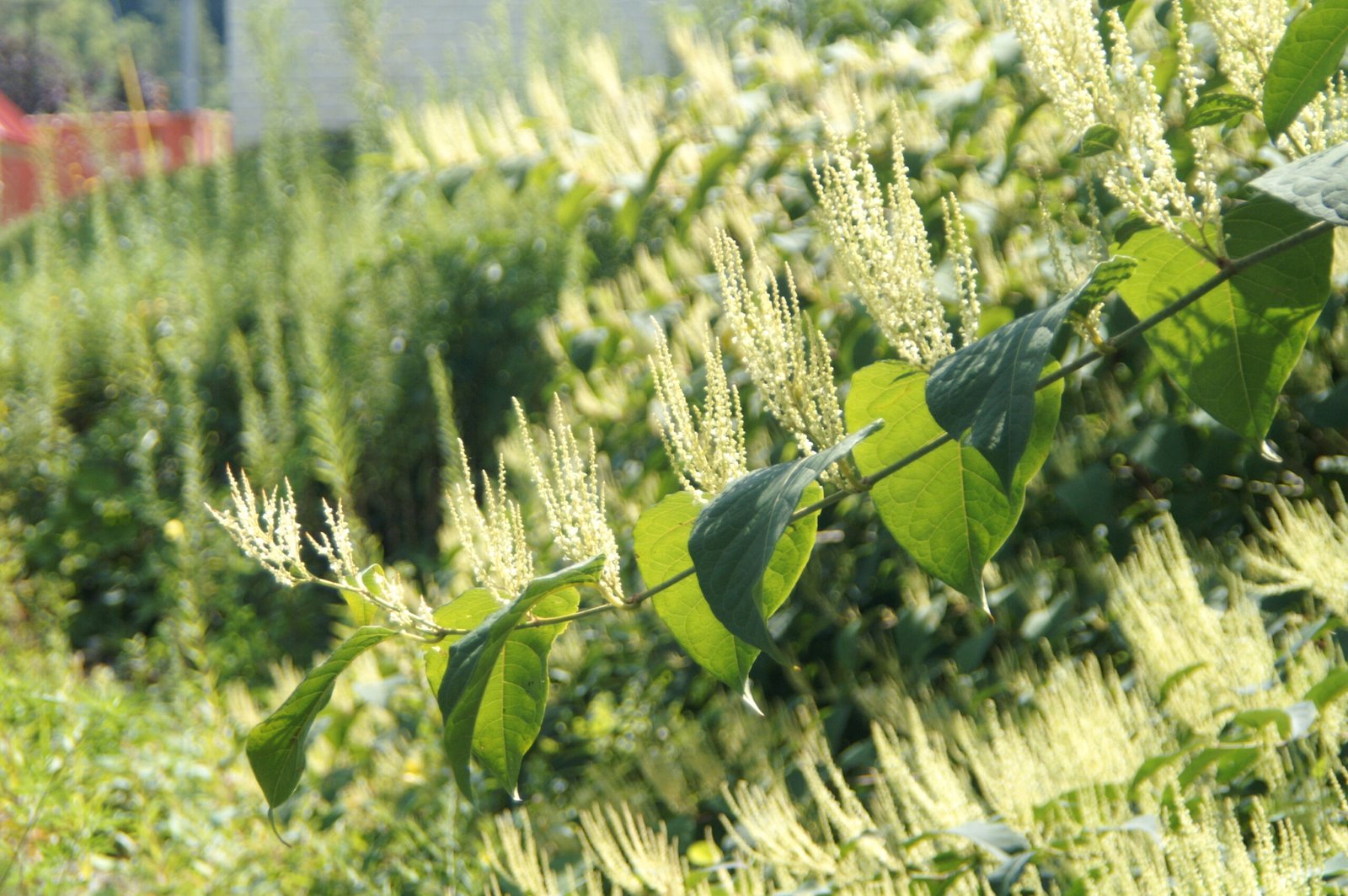
What makes Japanese knotweed so tough? It comes down to its biology. Its underground rhizomes store staggering amounts of energy, allowing it to regenerate even after being cut or chemically treated. These rhizomes can grow several feet deep and stretch horizontally up to 65 feet from the main plant. Above ground, the stems grow rapidly and shade out competitors, while the plant’s chemical defenses discourage most herbivores. Scientists are still unraveling all the secrets of its resilience, but one thing is clear: it’s built to survive.
The Hidden Damage to Homes and Infrastructure

Many people don’t realize just how destructive Japanese knotweed can be until it’s too late. Its roots can burrow through cracks in concrete, asphalt, and even home foundations, causing costly damage. In the UK, banks have been known to refuse mortgages on properties infested with knotweed, and similar concerns are growing in the Northeast. Roads, sidewalks, and flood defenses are all vulnerable to this plant’s underground attacks. Property owners often face steep bills and endless frustration as they try to keep knotweed at bay.
Threats to Local Ecosystems and Biodiversity
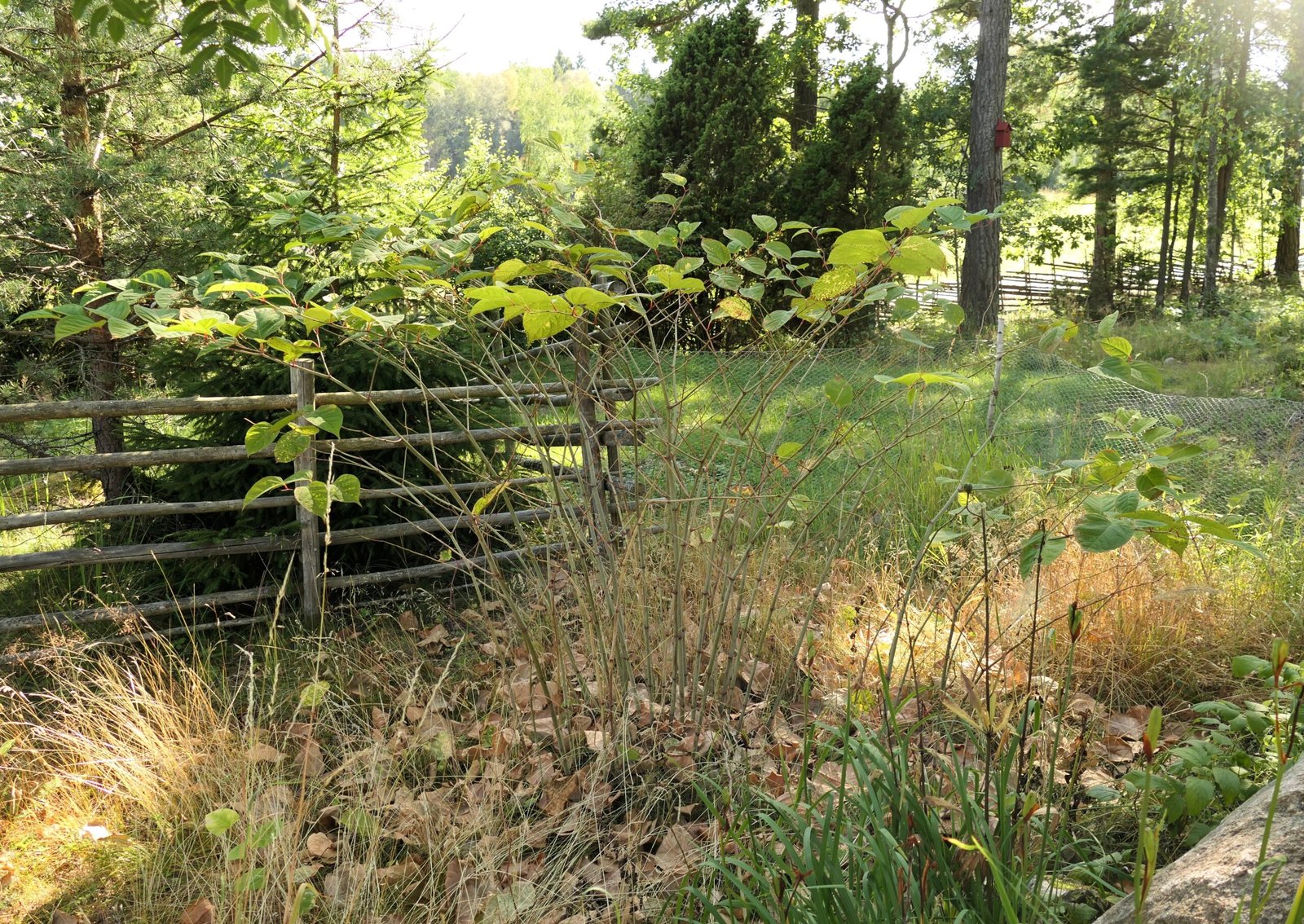
The environmental impact of Japanese knotweed is equally alarming. By forming dense thickets, it blocks sunlight from reaching native plants, stifling their growth and reducing biodiversity. Insects, birds, and mammals that rely on a variety of local plants for food and shelter often find themselves without resources as knotweed takes over. Over time, entire ecosystems can be reshaped, with ripple effects that scientists are still working to fully understand.
Why Traditional Removal Methods Fail

Anyone who’s tried to get rid of Japanese knotweed knows it’s a nightmare. Digging it up seems like a good idea, but unless you remove every last bit of root—which can be nearly impossible—you’re likely to just make the problem worse. Cutting it back only encourages it to grow more vigorously. Even powerful herbicides often only slow it down temporarily. The plant’s incredible regenerative abilities mean that most removal attempts end in frustration, with knotweed reappearing year after year.
The Frustrating Reality of Chemical Control
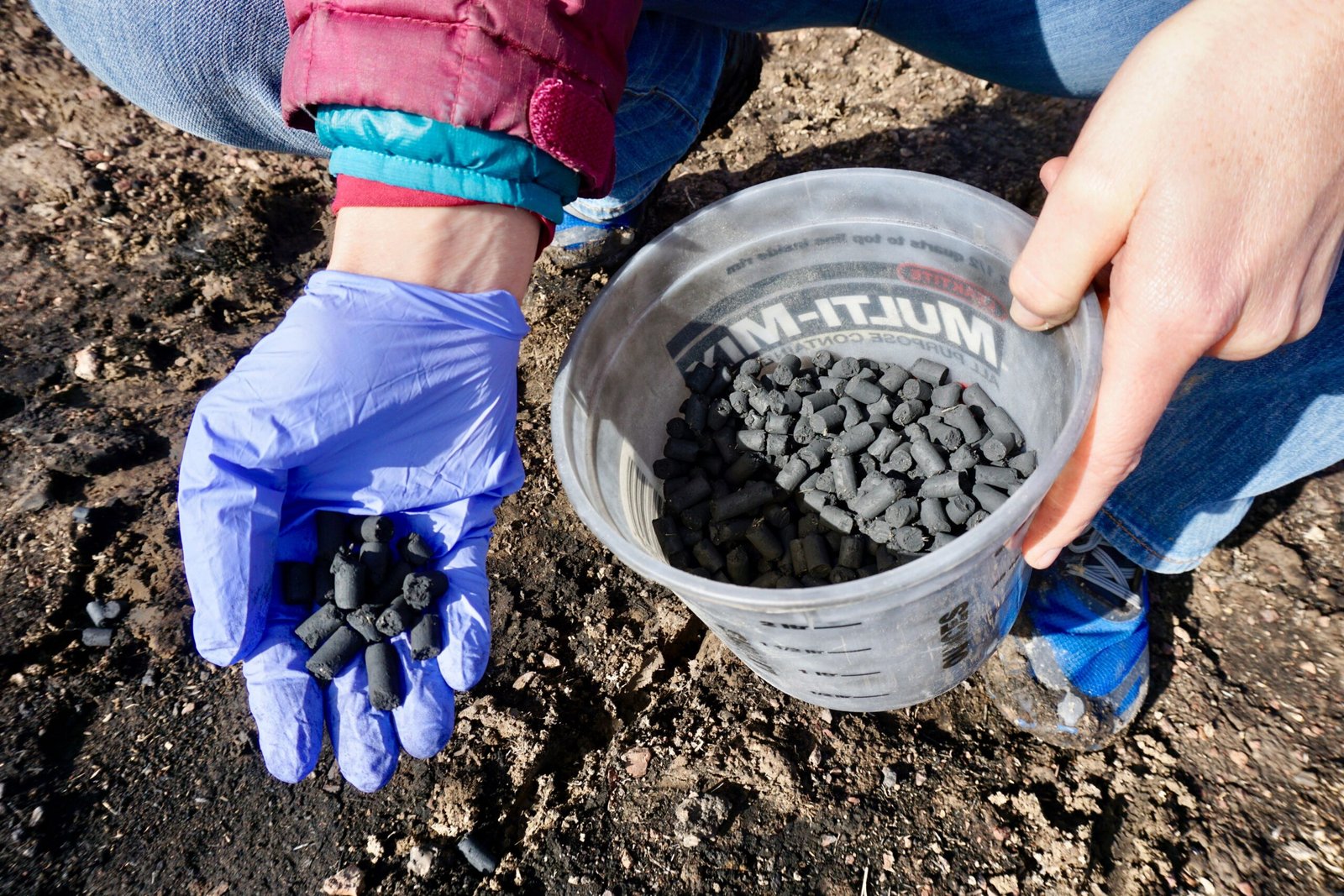
Herbicides are a common tool in the fight against knotweed, but they come with significant downsides. Many chemicals used to control the plant can harm other plants, pollute waterways, or impact wildlife if not used carefully. Knotweed’s thick stems and waxy leaves also make it resistant to many sprays, requiring multiple treatments over several years. In some cases, the plant seems to bounce back stronger after chemical applications, leaving land managers wondering if they’re fighting a losing battle.
Biological Control: Nature’s (Slow) Solution
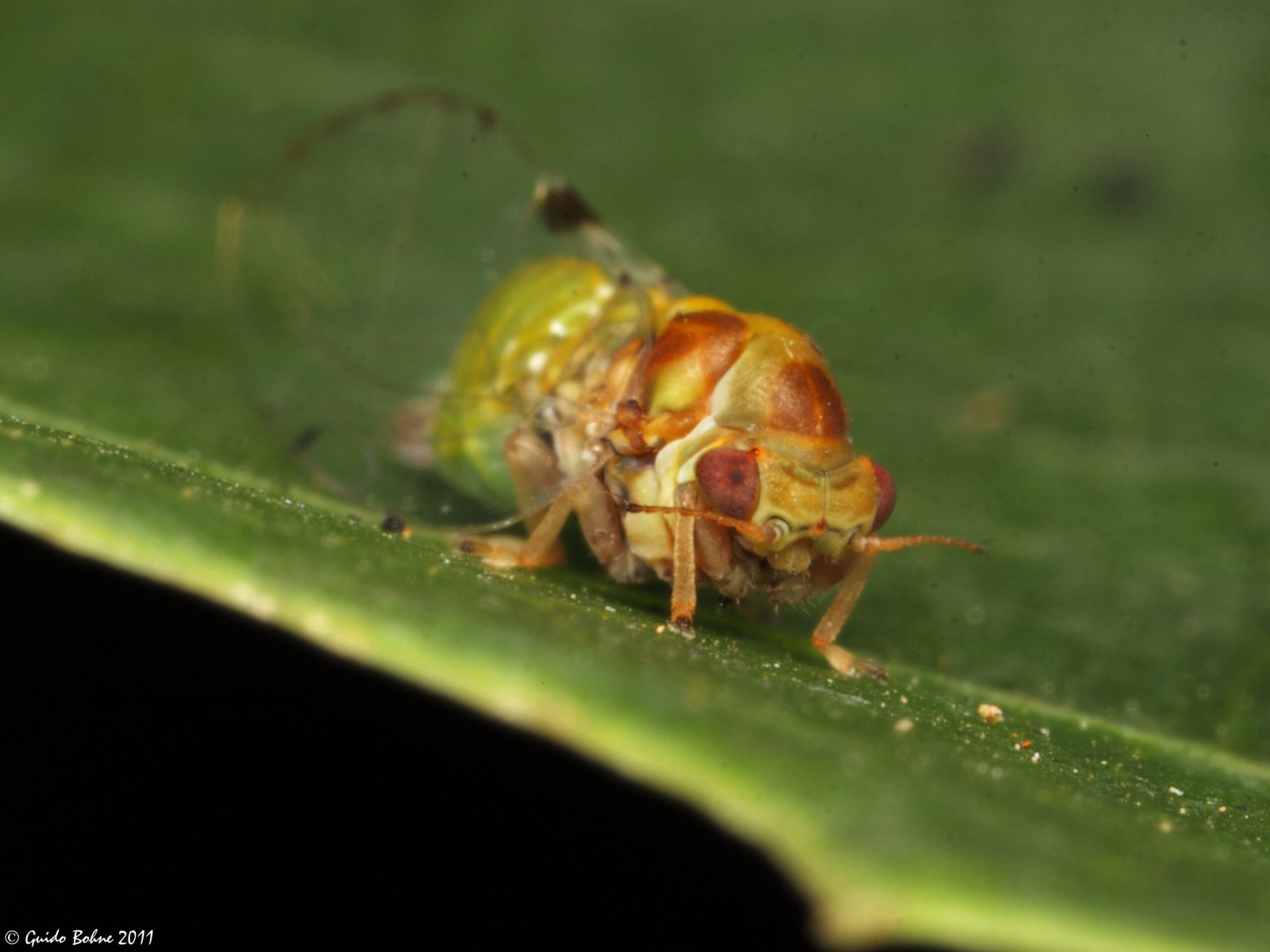
Scientists are exploring biological control as a way to tip the balance. In Japan, knotweed is kept in check by specialized insects and diseases that don’t exist in the Northeast. Researchers have introduced some of these natural enemies, like the psyllid insect, in controlled trials to see if they can safely reduce knotweed populations. The process is painstakingly slow, as each potential control agent must be tested to ensure it won’t harm native plants or animals. Still, there’s hope that, in the future, nature itself might help curb this invader.
The Legal Landscape: Regulations and Responsibilities

As the impacts of Japanese knotweed become clearer, local governments and agencies are stepping in with new rules. In some areas, property owners are required to control or report knotweed infestations. Dumping contaminated soil or garden waste is strictly prohibited, and hefty fines can be imposed on those who don’t follow the rules. These regulations aim to slow the spread, but enforcement varies widely, and many residents remain unaware of their responsibilities.
The High Cost of Knotweed Infestation

The financial toll of Japanese knotweed is staggering. Homeowners can spend thousands of dollars on removal efforts, often with little success. Municipalities face even larger bills as they try to protect infrastructure, parks, and waterways. Insurance companies may refuse coverage for damage caused by knotweed, and property values can plummet when infestations are discovered. The hidden costs add up quickly, turning a plant that was once prized for its beauty into a financial nightmare.
Knotweed and Climate Change: A Growing Concern

Scientists warn that climate change could make the knotweed problem even worse. Warmer temperatures and increased rainfall provide ideal conditions for its growth—and as the Northeast’s climate shifts, knotweed could spread into new areas that were once inhospitable. Changing weather patterns may also disrupt native plants, giving knotweed an even greater advantage. The battle against this plant is likely to become more urgent in the years ahead.
Knotweed’s Impact on Waterways and Flooding

Riverbanks and streams are especially vulnerable to knotweed invasion. The plant’s dense roots can initially help stabilize soil, but as it shades out other vegetation, it creates single-species stands that are prone to collapse. When floods come, knotweed patches can wash away, leaving bare ground that erodes rapidly. This not only affects water quality but also increases the risk of flooding downstream. Managing knotweed along waterways has become a top priority for many conservation groups.
Community Efforts: Battling the Green Invader Together

In many towns across the Northeast, everyday people are joining forces to fight Japanese knotweed. Volunteer groups organize “weed pulls” to remove plants, while schools and nature centers educate residents about the dangers of spreading contaminated soil or garden waste. Some communities are even experimenting with creative solutions like using goats to graze knotweed patches. While these efforts rarely eliminate the plant entirely, they help slow its advance and raise public awareness.
Innovative Research and Hope for Control

Researchers aren’t giving up. New approaches are being tested, from soil solarization (using plastic sheeting to bake roots in the sun) to precision herbicide application and even genetic studies aimed at finding weaknesses in the plant. Collaboration between scientists, land managers, and citizens is leading to creative solutions that might, one day, tip the scales. The fight against knotweed is a constant race against time, but innovation offers a glimmer of hope.
Personal Stories: Living With Knotweed

Ask anyone who’s faced a knotweed infestation, and you’ll hear frustration, exhaustion, and sometimes even a touch of dark humor. Some homeowners compare battling knotweed to fighting a monster in a horror movie—just when you think you’ve won, it pops up somewhere else. One neighbor told me about spending every summer weekend digging up roots, only to watch new shoots break through the driveway by fall. These stories are a reminder that, for many, knotweed isn’t just a scientific curiosity—it’s an everyday struggle.
Looking to the Future: Staying Vigilant and Informed

The silent spread of Japanese knotweed in the Northeast is a challenge that demands persistence, creativity, and community action. While total eradication might be a distant dream, early detection and rapid response can make a difference. By staying informed, supporting research, and working together, residents and land managers can help limit the damage. Japanese knotweed’s story is a powerful lesson about the unintended consequences of well-meaning actions—and a reminder that sometimes, our toughest battles grow quietly beneath our feet.



